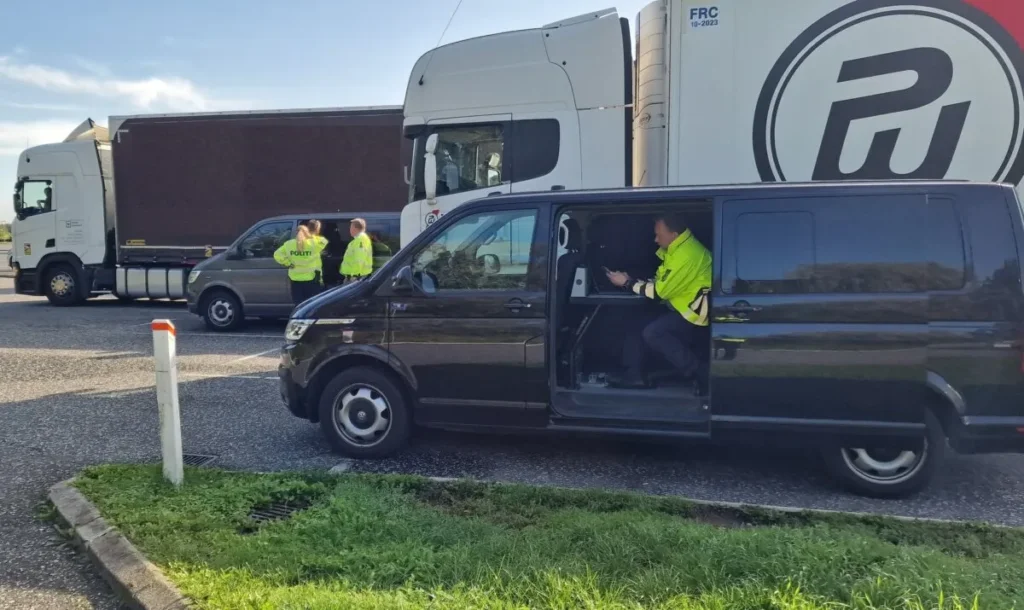Repositioning of empty containers in the shipping industry represents about 5% to 8% of a shipping line’s operating costs, and Transmetrics estimates the cost of empty logistics to take more than 12% of a carrier’s operating costs.
Why has empty container shipping become such a huge issue? Trade imbalances are a large cause: High-producing areas like Southeast Asia have more load flows than consuming areas like Europe and North America, leaving empty containers to pile up in ports in those regions. In fact, over 50% of the containers sent to Europe were sent back to Asia empty — not a number any logistics professional should ignore. But the trade imbalance isn’t the only issue contributing to the repositioning of empty containers: Carriers’ internal operational inefficiencies are another leading factor. Repositioning of empty containers in the shipping industry represents about 5% to 8% of a shipping line’s operating costs, and Transmetrics estimates the cost of empty logistics to take more than 12% of a carrier’s operating costs. Shipping lines’ empty logistics inefficiencies tend to stem from slow relocation time, repositioning costs, storage costs and costs of ownership, to name a few.
But thanks to new technologies from innovative logistics technology companies, these problems are no longer unsolvable. There are two principal approaches, which a shipping line can take to reduce their empty container loads: The first is to optimize the logistics of empty containers within a company by using predictive optimization tools, and the second is to optimize operations and communication across different companies.
To optimize the repositioning of empty containers internally, Transmetrics developed a solution for container shipping lines called AssetMetrics. The AI-driven software forecasts customer demand per container type and location, 8 to 12 weeks in advance. AssetMetrics then calculates the most optimal storage, repositioning, and maintenance strategy for empty containers. It enables data-driven empty container management on all levels (station/depot, regional, global) and provides full business process visibility. Clients of Transmetrics already managed to achieve double-digit percentage reductions in empty container logistics and maintenance costs as well as significant fleet size reductions while maintaining service levels.
Meanwhile, to help different shipping lines collaborate and communicate information about empty containers more easily, xChange created an online marketplace for container logistics to help negotiate deals, track containers, and benefit from low demurrage and detention fees on top of that. xChange has over 300 companies on its platform, including ocean shipping lines, container leasing companies, container traders, NVOCCs and some shippers.
There is no way to eliminate the entire $20 billion cost of empty container repositioning, but it’s estimated that about 30% of this cost is caused by inefficiencies and can be saved with technologies. Check out our full webinar, moderated by Simon Meyer, Lead Growth Architect at BCG Digital Ventures, where Asparuh Koev, CEO of Transmetrics, and Christian Roeloffs, CEO of xChange (Container xChange):
- Discuss the main issues preventing the optimal repositioning of empty containers;
- Present how technologies can help your business to tackle this problem and improve planning;
- Provide a hands-on demonstration of actual software solutions and success stories from fellow logistics companies.
Photo: PxHere









